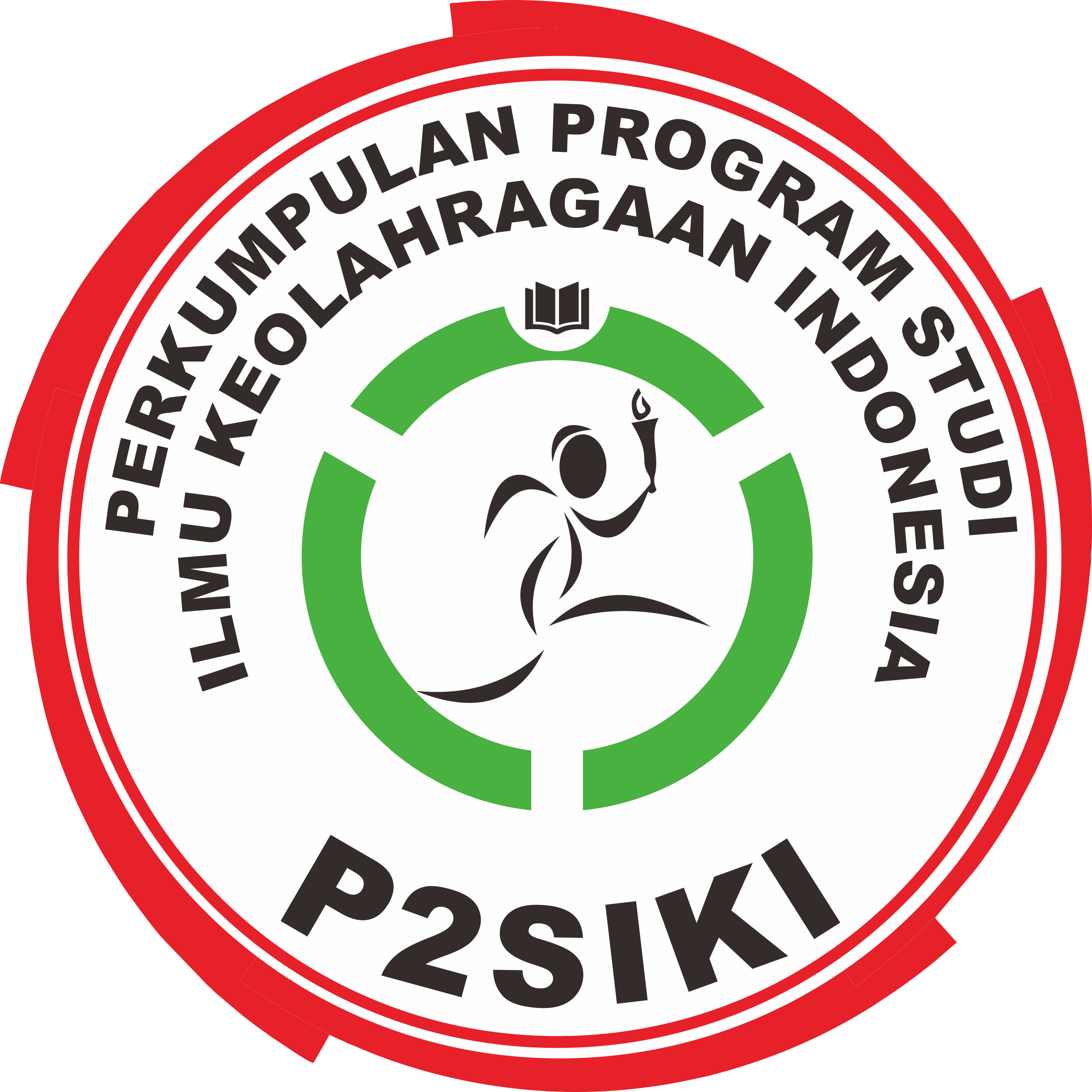Coaching Athletes with Disabilities - Guidelines and Principles in Training Methodology
(1) Faculty of Sports Science and Recreation, University Technology MARA, Shah Alam, Malaysia
(2) Faculty of Sports Science and Recreation, University Technology MARA, Shah Alam, Malaysia
(3) Faculty of Sports Science and Recreation, University Technology MARA, Shah Alam, Malaysia
(4) Faculty of Sports Science and Recreation, University Technology MARA, Shah Alam, Malaysia
Abstract
Artikel ini membahas tentang atlet penyandang cacat dan bagaimana kondisi mereka dapat diadaptiskan dengan kegiatan yang cocok untuk memungkinkan mereka berpartisipasi dalam aktivitas fisik dan olahraga. Tujuan yang diharapkan adalah untuk membantu pelatih dalam melakukan pelatihan untuk para penyandang cacat, 1) Untuk memahami kondisi mereka, 2) Merancang program yang tepat untuk kondisi mereka, 3) Menyoroti hambatan dan kondisi yang mempengaruhi atlet dengan partisipasi penyandang cacat dalam olahraga, terutama yang berkaitan dengan kesehatan, keselamatan dan pertimbangan medis yang pelatih harus memahami dan mengelola hati-hati. Artikel ini menawarkan rekomendasi tentang bagaimana pelatih harus melatih atlet dengan cacat.
Kata Kunci: pelatihan atlet kebutuhan khusus
Abstract The article briefly discusses athletes with disabilities and how their condition can be matched with suitable activities to allow them to participate in physical activity and sports. The article also aims at assisting coaches who conducts training for people with disability to understand their condition first, and then devise programs that are appropriate for their condition. Furthermore, it highlights the barriers and conditions that affect athletes with disabilities participation in sports, especially those related to the health, safety, and medical considerations that coaches should understand and manage carefully. The article offers recommendations on how coaches should train athletes with disability.
Keywords: disability athletes coaching
Full Text:
PDFReferences
Bax, M., Goldstein, M., & Rosenbaum, P. (2005). Proposed definition and classification of cerebral palsy. Dev. Med Child Nuerol, 47(8): 571-576
Block, M.E. (1995). Americans with disabilities: ts impact on youth sports act. Journal of Physical Education, Recreation & Dance, 66, 28
Bouchard, D., & Tetrault, S. (2000). The motor development of sighted children and children and moderate low vision aged 8-13. Journal of VisualImpairment & Blindness, 94: 564-574
Buell, C.E. (1982). Physical education and recreation for the visually handicapped. Human Kinetics Publishers: Champaign,Illinois
Colak, T., Bamac, B., Aydin, M., Ozbek, A. (2004). Physical fitness levels of blind and visually impaired goalball team players. Journal of Isokineticsand Exercise Science, 12: 247-252
Coutts, K. (1988). Heart rate of participants in wheelchair sports. Paraplegia, 26: 43-49
Draheim, C.C., Williams, B.P., McCubbin, J.A.(2002). Prevalence of physical inactivity and recommended physical activity in community-based adults with mental retardation. Mental Retardation, 40: 436-444
Frey, G.C., McCubbin, J.A., Hannigan-Downs, S., Kasser, S.L., Skaggs, S.O.(1999). Physical fitness of trained runners with and without mild mental retardation. Adapted Physical Activity Quarterly, 16: 126-137
Fox, K.R. (2000). Self-esteem, self-perception and exercise. International Journal of Sport Psychology, 31: 228-240
Gehlsen, G.M., Davis, R.W., Bahamonde, R. (1990). Intermittent velocity and wheelchair performance characteristics. Adapted Physical Activity Quarterly, 7: 219-230
Higgs, C. (1990). Wheelchair racquetball: A preliminary
time motionanalysis. Adapted Physical Activity Quarterly, 7, 370-384
Horvat, M., Ray, C., Ramsey, V.K., Miszko, T., Keeney, R., Blasch,B.B.(2003). Compensatory analysis and strategies for balance in individuals with visual impairments. Journal of Visual Impairment & Blindness, 97: 695-703
Lieberman, L.J., Byrne, H., Mattern, C., Fernandez-Vivo, M., Robinson, B. (2006). Passing rates on the Brockport physical fitness test for children with visual impairments. Salt Lake City, UT: American Alliance for Health, Physical Education, Recreation & Dance
Lieberman, L.J, McHugh, B.E.(2001). Health-related fitness of children with visual impairments and blindness. Journal of Visual impairment &Blindness, 95: 272-286
Longmuir, P.E., Bar-Or, O. (2000). Factors influencing the physical activity levels of youth with physical and sensory disabilities. Adapted Physical Activity Quarterly, 17: 40-53
Messent, P.R., Cooke, C., Long, J. (1999). Primary and secondary barriers to physically active healthy lifestyle for adults with learning disabilities. Disability and Rehabilitation, 21: 409-419
Pitetti, K.H., Climstein, M.J., Barret, P.J.( 1992). Isokinetic arm and leg strength of adults with Down syndrome: A comparative study. Archive Physical Medical Rehabilitation, 73: 847-850
Pare, G., Noreau, L, & Simard, C. (1993). Prediction of maximal aerobic power from a sub-maximal exercise test performed by paraplegics on a wheelchair ergometer. Paraplegia, 31: 584-592
Rimmer, J.H., Braddock, D., Fujiura, G. (1993). Prevalance of obesity in adults with mental retardation: implications for health promotion and disease prevention. Mental Retardation, 31: 105-110
Sit, C.H.P, Lindner, K.J., Sherill, C. (2002). Sport participation of HongKong Chinese children with disabilities in special schools. Adapted Physical Activity Quarterly, 19: 453-471
Skaggs, S., Hooper, C. (1996). Individuals with visual impairments: A review of psychomotor behavior. Adapted Physical Activity Quarterly, 13: 16-26
Tongsiri, S., Taweesangsuksakul, R. (1999). Sports for the person with a Disability: The 7th FESPIC Games in Bangkok, Thailand. Asia PacificJournal on Disability, 2 (1) Thibout, A., Smith, R.W., Labanowich, S. (in press). (1996). Examining the concept of reverse integration: A response to Brasile's “new perceptive†on integration. Adapted Physical Activity Quarterly.13: 21-25
Van der Woude, L.H., Veeger, D., Rozendal, R.H. (1989). Ergonomics of Wheelchair Design: A Prerequisite for Optimum Wheelchair Conditions. Adapted Physical Activity Quarterly, 6: 109-132
Williams, J.G. (1990). Video motion analysis of the effects of relationship-play on gross motor in children with severe learning disabilities. Physical Education Review, 13(2): 151-155
Wyatt, L., Ng, G.Y. (1997). The effect of visual impairment on the strength of children's hip and knee extensors. Journal of Visual Impairment & Blindness, 91: 40-46
Refbacks
- There are currently no refbacks.
Published by:
Department of Sport Science, Universitas Negeri Semarang
Gd. F1 Lt. 1 FIK-UNNES, Jalan Raya Sekaran Gunungpati Semarang Indonesia 50229, Telp/Fax: (024) 8508007
This work is licensed under a Creative Commons Attribution 4.0 International License.




